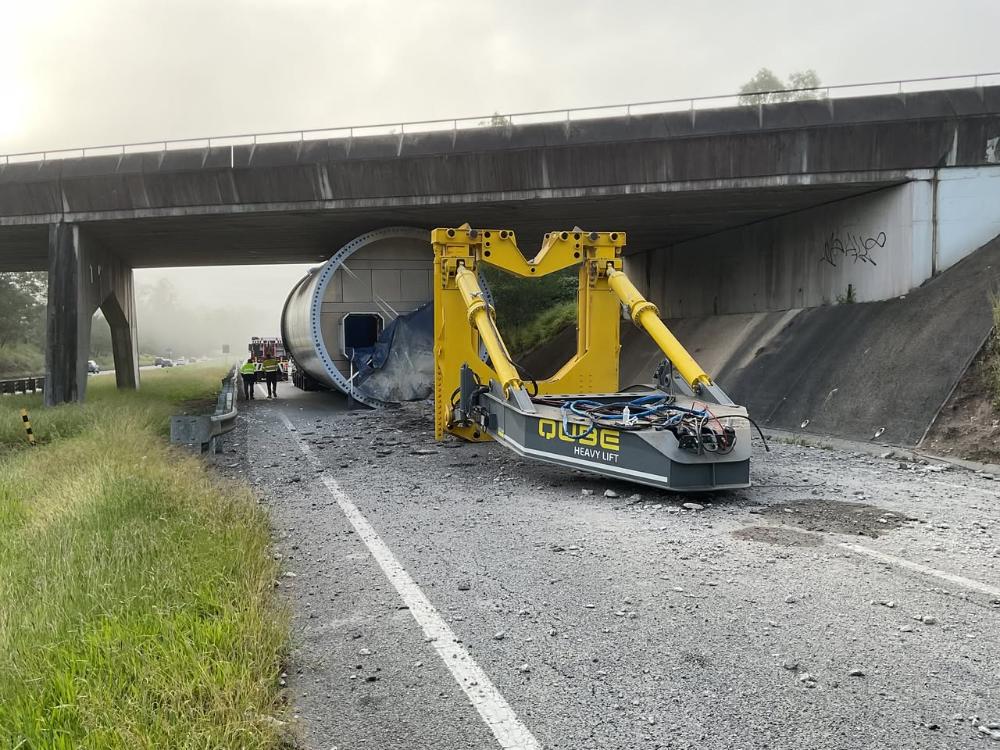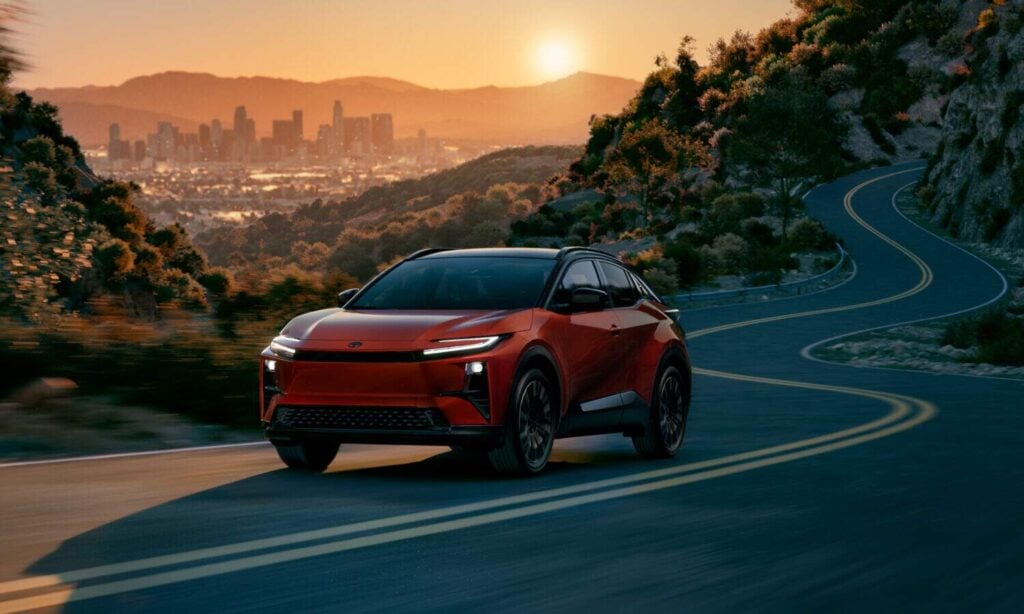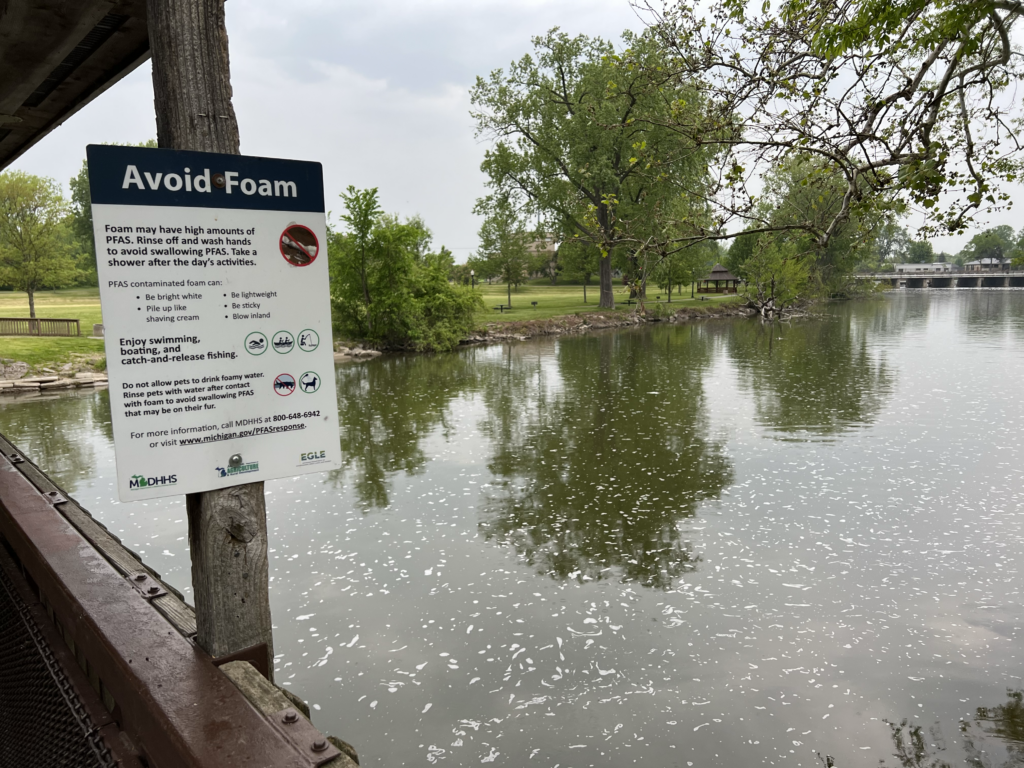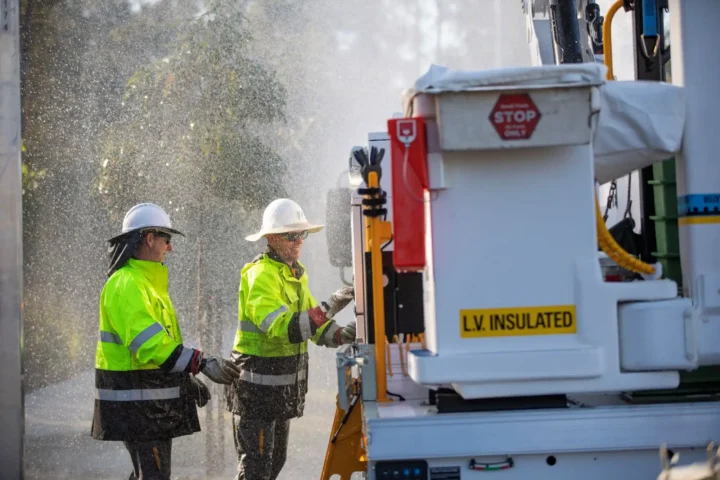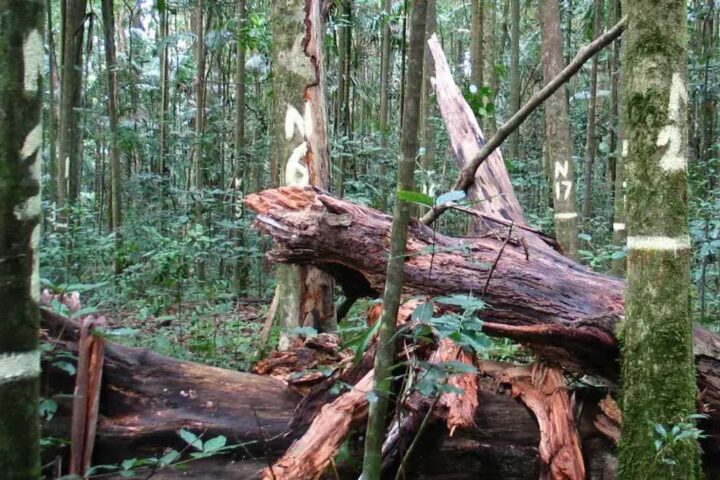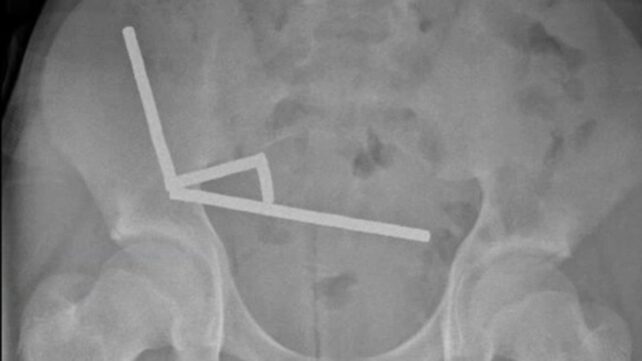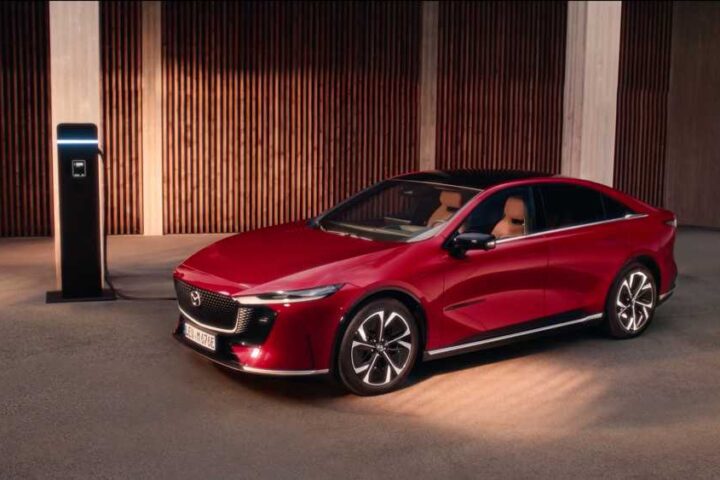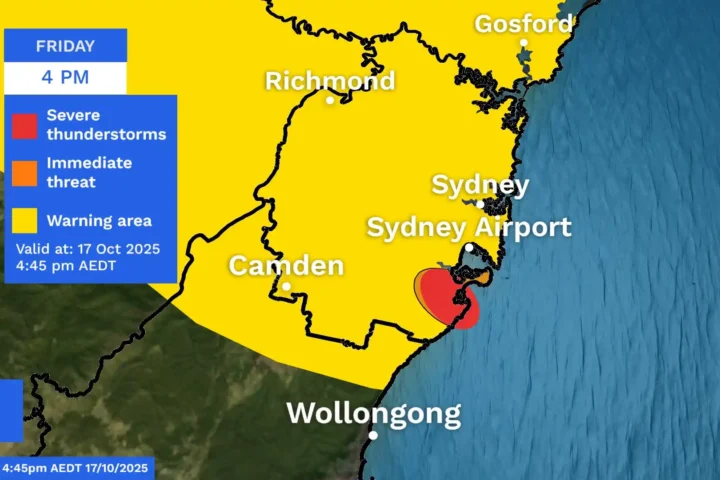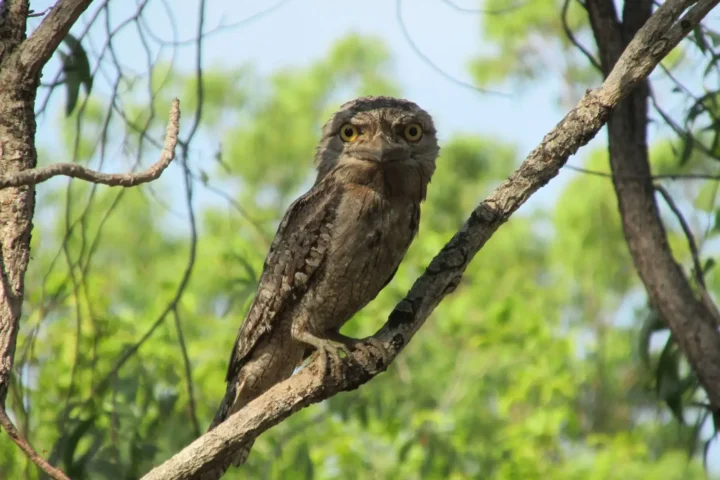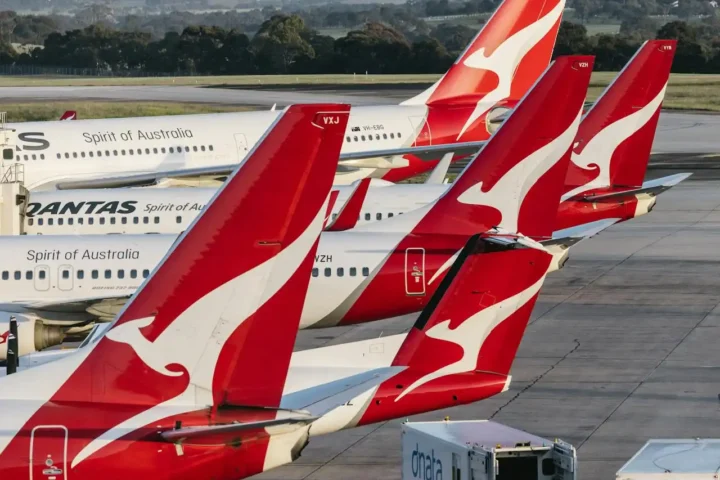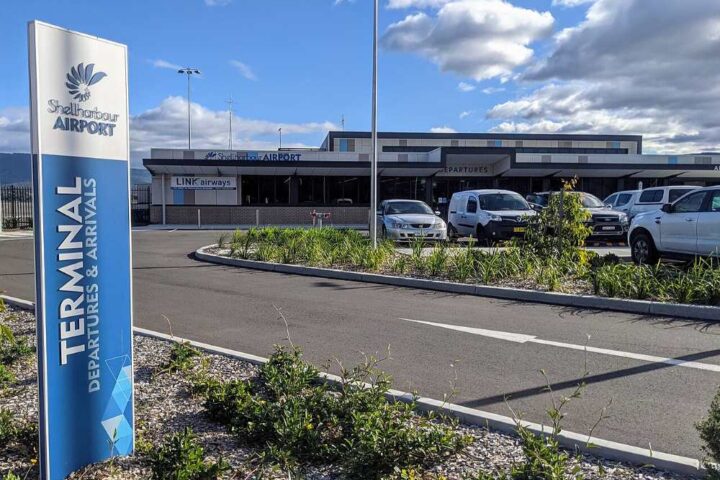Traffic diversions are routing vehicles through Mount Crosby Road, creating bottlenecks that affect agricultural and mining freight movements from the Darling Downs. Ipswich City Mayor Teresa Harding said Transport Minister Brent Mickelberg had informed her the western section of the highway could be closed for an entire day.
Transport and Main Roads Queensland confirmed that “the westbound lanes of the Warrego Highway and all lanes of the Mount Crosby Road overpass at Tivoli are closed due to a bridge strike. TMR crews are on site undertaking structural inspections to determine the extent of the damage. Safety is our priority, and the road will only be reopened after these thorough bridge inspections are complete, and it is safe to do so“. The department advised that “long delays are expected, and road users are encouraged to check QLDTraffic before undertaking any travel”.
The Wambo Wind Farm project represents critical renewable infrastructure for Queensland’s energy transition. Delayed component deliveries can cascade through construction schedules, potentially affecting the project’s 2025 commissioning timeline and the broader grid integration with the Queensland SuperGrid. Understanding such energy storage and infrastructure challenges becomes crucial for Australia’s renewable transition.# Wind Turbine Component Strikes Mount Crosby Bridge: Aviation Heights Meet Transport Reality
A truck carrying the large component—which connects the blades to the shaft—struck the bridge shortly after 1.30 a.m. according to the Queensland Police Service, closing the Warrego Highway’s westbound lanes for what could be days. The incident exposes critical gaps in oversize load transport protocols and threatens delivery schedules for Queensland’s renewable energy expansion.
Shortly after 1:30 AM on May 16, 2025, Queensland’s busiest freight corridor faced a logistical nightmare when a truck hauling wind turbine nacelle components struck the Mount Crosby Bridge. The collision wedged the massive mechanical assembly—the central hub connecting turbine blades to the drive shaft—firmly under the concrete overpass at North Tivoli, effectively shutting down westbound traffic on the Warrego Highway.
Police now believe the truck may have failed to follow escorting vehicles up an offramp to go around the Mount Crosby overpass, and instead ploughed into the overhead bridge. This suggests a breakdown in the regulatory framework that governs oversize load movements under the Heavy Vehicle National Law.
The wind turbine nacelle—a critical component containing the main drive shaft, gearbox, and generator—was bound for the Wambo Wind Farm, part of Queensland’s aggressive renewable energy build-out. The 83-turbine facility represents a $455.8 million investment in the state’s Southern Renewable Energy Zone, with Stage 1’s 42 Vestas V162-6.2 MW turbines scheduled for commissioning in 2025.
Queensland Trucking Association CEO Gary Mahon said he was uncertain of the route approval process as the load was under police escort. He noted that “hundreds of these loads have gone west. We don’t know what’s gone wrong here, but we need to get to the bottom of it over the next couple of days”.
Similar Posts
The failure highlights a critical vulnerability in Queensland’s renewable energy supply chain. Each Vestas turbine blade measures 80 meters in length, requiring specialized transport corridors and precise escort protocols. With approximately 6,500 truck movements daily on this section of the Warrego Highway, even minor disruptions cascade through the state’s logistics network.
Initial assessments suggest the nacelle remains structurally wedged beneath the bridge’s concrete deck. Authorities were expected to use heavy tow trucks to try to remove the turbine, with crews to potentially have to bring in cranes to shift it. The recovery operation faces engineering constraints: conventional crane capacities may prove insufficient for the nacelle’s dimensions and weight distribution.
TMR crews are on site conducting “thorough bridge inspections“ to determine damage and safe removal timeline. The process involves analyzing load-bearing impacts on the overpass structure, which carries Mount Crosby Road traffic connecting Ipswich’s northern suburbs to the Brisbane River corridor.
Under the Heavy Vehicle National Law, oversize load movements require specific escort protocols. “The load was being carried under permit and TMR is currently reviewing the details of the permit“, according to official statements. Pilot vehicles must guide oversize loads around infrastructure obstacles, with escort drivers authorized to direct traffic flow.
The incident exposes potential gaps in Queensland’s escort certification system. While other states require specialized Heavy Vehicle Pilot Licences, Queensland operates a two-tier system for both pilot and escort vehicles. Industry observers question whether current training standards adequately address complex navigation scenarios involving renewable energy infrastructure components.
Traffic diversions are routing vehicles through Mount Crosby Road, creating bottlenecks that affect agricultural and mining freight movements from the Darling Downs. Ipswich City Mayor Teresa Harding said Transport Minister Brent Mickelberg had informed her the western section of the highway could be closed for an entire day.
The Wambo Wind Farm project represents critical renewable infrastructure for Queensland’s energy transition. Delayed component deliveries can cascade through construction schedules, potentially affecting the project’s 2025 commissioning timeline and the broader grid integration with the Queensland SuperGrid. Understanding such energy storage and infrastructure challenges becomes crucial for Australia’s renewable transition.
The Mount Crosby Road interchange has been flagged for urgent upgrades, with construction expected to begin mid-2025. The current incident underscores infrastructure limitations that predate Queensland’s renewable energy expansion. “The Mount Crosby overpass has been certainly the subject of some significant consideration over the last couple of years … when you look at the general condition of the Warrego, that’s a corridor that needs quite a bit of work done to it”, Mahon observed.
Plans include a new dual-lane bridge with increased clearance heights specifically designed to accommodate oversize renewable energy components. The incident may accelerate these infrastructure improvements, though at significant public expense.
Wind turbine transport safety has gained heightened attention following recent sector incidents. Earlier this year, Global Power Generation Australia set up an exclusion zone after rotor blades and a hub had fallen at a wind farm site. Parent company Vestas said it was investigating the possibility of lightning strikes being to blame.
The industry employs sophisticated route planning software and 3D LiDAR scanning to verify clearance heights. However, human factors in escort operations remain a critical vulnerability. Driver fatigue, communication failures between escort teams, and inadequate route familiarization contribute to transport incidents.

The Wambo Wind Farm is a joint venture between Queensland government-owned Stanwell Corporation and global investor Cubico Sustainable Investments. The project’s 500 MW capacity will power approximately 312,000 homes annually when fully operational in 2026.
Stage 2 construction, adding 41 turbines and 254.2 MW of generation capacity, depends on reliable component delivery schedules. Transport disruptions jeopardize not only energy infrastructure but also regional employment opportunities, with the project creating 200 construction jobs and eight permanent operational positions. The success of such projects influences broader renewable energy development across Australia.
